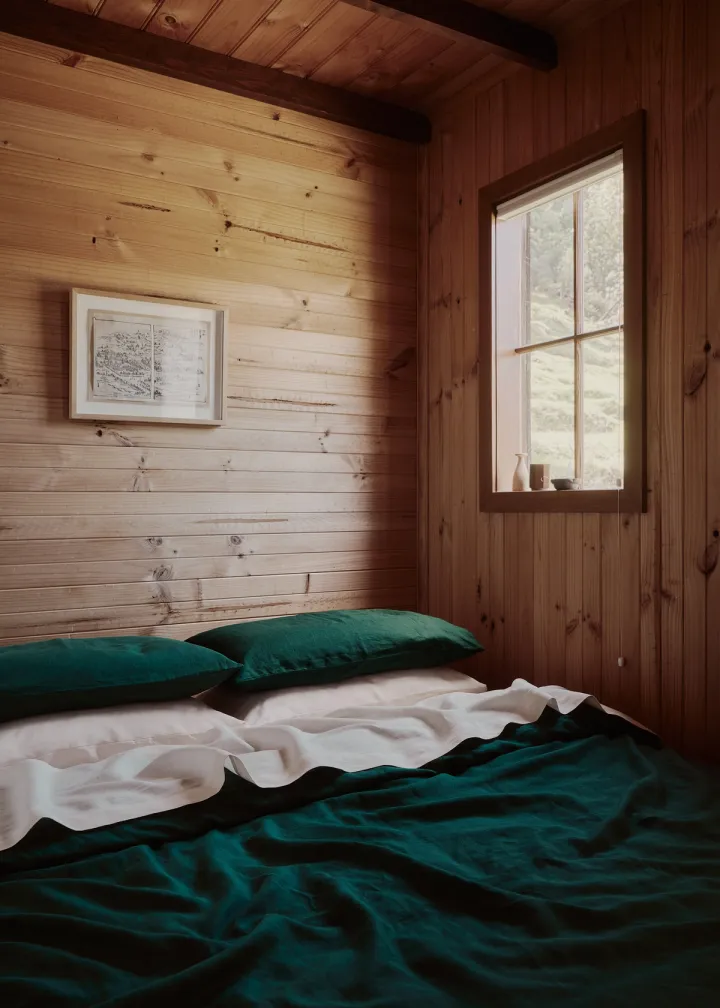
Everything You Need to Know About Biophilic Design
It's a top trend for 2025, and if you love using plants as decor (who doesn't?!), green spaces and bringing the outdoors in, this is one for you.
In the last decade, an increasing amount of designers and architects have embraced the approach of blurring the indoors with the out. Biophilic design is becoming more popular and is projected to be one of the most significant looks of 2025, connecting our living and working spaces to nature.
At this point, we can safely consider it less of a 'trend' and more of a movement – as the world continues to urbanise, the qualities of biophilic design become increasingly important. The movement is likely a result of the increased amount of time we have spent at home over the last five years, an awareness of the impacts our immediate surroundings can have on our well-being, and the growing concern for our climate.
But what actually is biophilic design and how can we incorporate some of its features into our own homes? Below, we explore the design concept in further detail.
Create An Oasis
Enjoyed This?
Discover more interior design ideas.







